पड़ोस में स्वागत है—टोक्यो चलकर देखने वाला शहर है। सड़कें रोशन, दुकानें देर तक खुली, और कोबान 24×7।
बायीं तरफ चलें, धारियों से पार करें।
फुटपाथ पर बाएँ, और सड़क केवल ज़ेब्रा‑क्रॉसिंग से—ड्राइवर अचानक पार करने की उम्मीद नहीं करते।
रेल/मेट्रो आधी रात के आसपास बंद होकर सुबह लगभग 5 बजे फिर चलती है। तब पैदल, टैक्सी, या ई‑बाइक/ई‑स्कूटर। ऐप डाउनलोड करें, कार्ड जोड़ें, बस—लाइसेंस नहीं चाहिए। इसे टोक्यो की छोटी‑सी आज़ादी समझिए।
English
Welcome to the neighborhood—Tokyo is a walking city. Streets are lit, shops stay open late, and koban police boxes are there 24/7.
Walk left, cross at the stripes.
Stick to the left on sidewalks and cross only at crosswalks—drivers won’t expect surprise crossings.
Trains and subways stop around midnight and resume in the early morning (~5 a.m.); late‑night moves are by feet, taxi, or e‑bike/e‑scooter. Download the app, add a card, and you’re set—no license needed. Think of it as a small taste of Tokyo freedom.
पड़ोस की ज़रूरी जगहें / Essential Places Nearby
Supermarkets
सुपरमार्केट में खाद्य और घरेलू सामान की पूरी रेंज मिलती है। कीमतें तय होती हैं—मोल‑भाव नहीं। बेस्ट‑बिफ़ोर नज़दीक चीज़ों और रात के डेली ट्रे पर डिस्काउंट स्टिकर देखिए। डेली तैयार भोजन देता है—पकाने से आसान, बाहर खाने से हल्का, और व्यस्त परिवारों के लिए बहुत काम का। (काउंटर पर भुगतान करें; पास की मेज पर ख़ुद बैग में भरें।)
English
Supermarkets carry full groceries and household items. Price tags are fixed—no bargaining. Watch for discount stickers on near‑date items and late‑night deli trays. The deli offers ready‑to‑eat comfort—easier than cooking, lighter than eating out, and a lifesaver for busy families. (Pay at the register; bag at the packing table.)
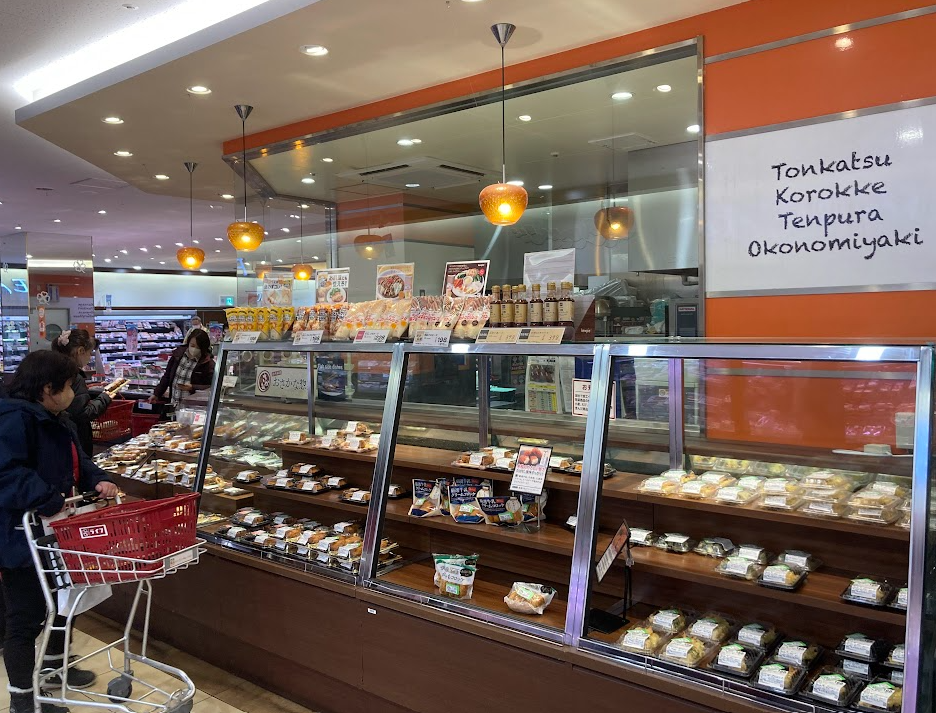
convenience store
कन्वीनियंस‑स्टोर एक तरह का छोटा सुपरमार्केट है—पेय, स्नैक्स, तैयार भोजन, टॉयलेटरीज़, एटीएम, और कभी‑कभी टॉयलेट—24 घंटे खुला। दाम आम तौर पर सुपरमार्केट से थोड़ा ज़्यादा होते हैं, लेकिन तेज़, साफ़ और भरोसेमंद है। नक़द, कार्ड या IC कार्ड (Suica/PASMO) से भुगतान हो जाता है। ईट‑इन कॉर्नर न हो तो खाना घर ले जाकर ही खाएँ; चलते‑चलते खाना सामान्य नहीं है。
English
A convenience store is basically a mini‑supermarket: drinks, snacks, ready meals, toiletries, an ATM, sometimes a toilet—open 24 hours. Prices are usually a little higher than a supermarket, but it’s fast, tidy, and reliable. You can pay with cash, cards, or IC cards (Suica/PASMO). If there’s no eat‑in corner, it’s better to take food home rather than eat while walking.
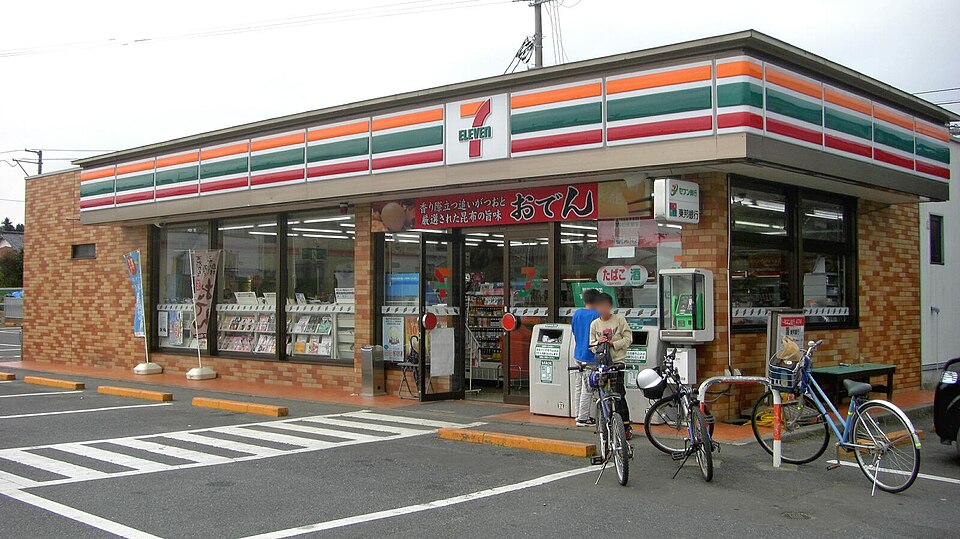
Drugstores
ड्रग‑स्टोर में दवाएँ, कॉस्मेटिक्स, रोज़मर्रा का सामान, और थोड़ी‑सी खाद्य सामग्री भी मिलती है।
English
Drugstores stock medicines, cosmetics, daily goods, and a small corner of food.

Subway stations
यहाँ से आप टोक्यो में लगभग कहीं भी पहुँच सकते हैं, और बदलाव (ट्रांसफ़र) करके जापान भर में—विवरण हमारे ट्रेन गाइड “★” में।
English
From here you can reach almost anywhere in Tokyo, and with transfers, practically anywhere in Japan—see our train guide “★”.

Short Walk Destinations / छोटी सैर के ठिकाने
हम शिंजुकु में हैं—टोक्यो के मुख्य डाउनटाउन में से एक। पहले तो बेफ़िक्र होकर पड़ोस में टहलिए; फिर ये नज़दीकी जगहें देखें।
- शिंजुकु ग्योएन नेशनल गार्डन — चौड़े लॉन, पेड़ों की पगडंडियाँ और कैफ़े; धीमी सैर या छोटे पिकनिक के लिए बढ़िया। खुलता है 9:00 पर। मौसम के अनुसार बंद होने का समय बदलता है: 16:30 (अक्टूबर–14 मार्च), 18:00 (15 मार्च–30 जून & 1–30 सितम्बर), 19:00 (1 जुलाई–20 अगस्त)। सोमवार और वर्षांत अवकाश पर बंद। प्रवेश शुल्क ¥500।
- टोक्यो मेट्रोपॉलिटन गवर्नमेंट बिल्डिंग ऑब्ज़र्वेटरी — जुड़वाँ टावरों तक पश्चिम की ओर पैदल जाएँ; 202 मीटर ऊँचाई से मुफ़्त दृश्य। साउथ डेक आम तौर पर 21:30 तक (नाइट‑व्यू), नॉर्थ डेक सामान्यतः दिन में। साफ़ मौसम में फ़ूजी पर्वत दिख सकता है। समय बदल सकते हैं।
- हनाजोनो श्राइन — जापान के सबसे व्यस्त इलाकों में से एक के बीच, भीतर हैरान कर देने वाली शांति; यहाँ प्रकृति के प्रति आदर और आस्था का एहसास मिल सकता है। यह 1590 तक अस्तित्व में था और एदो काल की शुरुआत में स्वरूप पाया।
- शिंजुकु स्टेशन — गिनीज़ द्वारा दुनिया का सबसे व्यस्त स्टेशन माना गया; रोज़ लगभग 36 लाख यात्री, ~6,000 ट्रेन मूवमेंट, 14 लाइनें, और 200 से कहीं अधिक निकास। बहुत बड़ा और भीड़भरा—कभी‑कभी भूल‑भुलैया जैसा—पर संकेत साफ़ और भरोसेमंद हैं।
- शिंजुकु अंडरग्राउंड मॉल्स — कई स्टेशनों को जोड़ने वाला लम्बा, मौसम‑रोधी गलियारों का जाल; दुकानों और कैफ़े से भरा—गर्मी या बारिश में बेहद उपयोगी। दिशात्मक संकेत स्पष्ट हैं।
- इसेतान शिंजुकु (डिपार्टमेंट स्टोर) — पारंपरिक बहु‑मंज़िला डिपार्टमेंट स्टोर: ऊपर फ़ैशन व लाइफ़स्टाइल फ़्लोर, और बेसमेंट में मशहूर डेपाचिका—खूबसूरती से बने बेंटो, मिठाइयाँ और गिफ़्ट फ़ूड। विंडो‑शॉपिंग और पिकनिक का सामान लेने के लिए बढ़िया।
English
We’re in Shinjuku, one of Tokyo’s downtowns with endless things to see. First, enjoy a free wander around the neighborhood; then try these easy nearby spots.
- Shinjuku Gyoen National Garden — Broad lawns, shaded paths, and cafés: ideal for a slow stroll or picnic‑style break. Opens 9:00. Closing time varies by season: 16:30 (Oct–Mar 14), 18:00 (Mar 15–Jun 30 & Sep 1–30), 19:00 (Jul 1–Aug 20). Closed Mondays and year‑end holidays. ¥500 admission.
- Tokyo Metropolitan Government Building Observation Decks — Walk west to the twin towers for free views at 202 m. South deck is typically open to 21:30 (night view); North deck is usually daytime only. On clear days you can see Mt. Fuji. Hours may vary.
- Hanazono Shrine — A small shrine in the heart of one of Japan’s busiest districts, yet strikingly quiet inside; you may feel Japan’s blend of reverence and closeness to nature. The shrine already existed by 1590 and took shape in the early Edo period.
- Shinjuku Station — Recognized by Guinness as the world’s busiest station: about 3.6 million passengers a day, ~6,000 train movements, 14 lines, and well over 200 exits. Vast and busy—sometimes maze‑like—but the signage is clear and reliable.
- Shinjuku Underground Malls — A long network of weather‑proof passages linking multiple stations, lined with fashion, cafés and variety shops—great on hot or rainy days. Wayfinding is good.
- Isetan Shinjuku (Department Store) — A classic multi‑story department store: fashion and lifestyle floors above, and a renowned depachika (basement food hall) with beautifully made bento, sweets, and gift foods. Perfect for browsing—and for picking up picnic supplies.
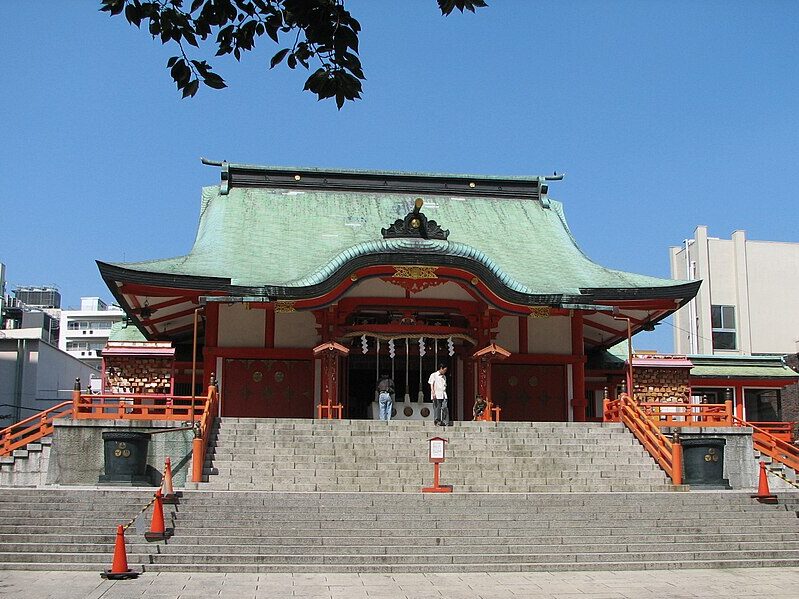

रास्ता भटक जाएँ तो / If You Get Lost
सबसे पहले हमें फ़ोन करें। हम आपको मोड़‑दर‑मोड़ रास्ता बताएँगे।
फुटपाथों पर अक्सर बड़े इलाक़ाई नक्शे लगे रहते हैं। जिस जगह लौटना है उसका नाम याद हो, तो इन नक्शों से रास्ता आसानी से मिल जाता है।
ऐप चलाने में ठीक हों तो Google Maps सबसे सीधा है—इलाके का नक्शा और आपकी लाइव लोकेशन दिखा देता है।
English
Call us first. We’ll guide you turn by turn.
You’ll often find large neighborhood maps on sidewalks (as shown below). If you know the place you’re heading back to, these maps make it easy to trace a route.
If you’re okay with apps, Google Maps is the simplest choice—it shows the area and your live location.
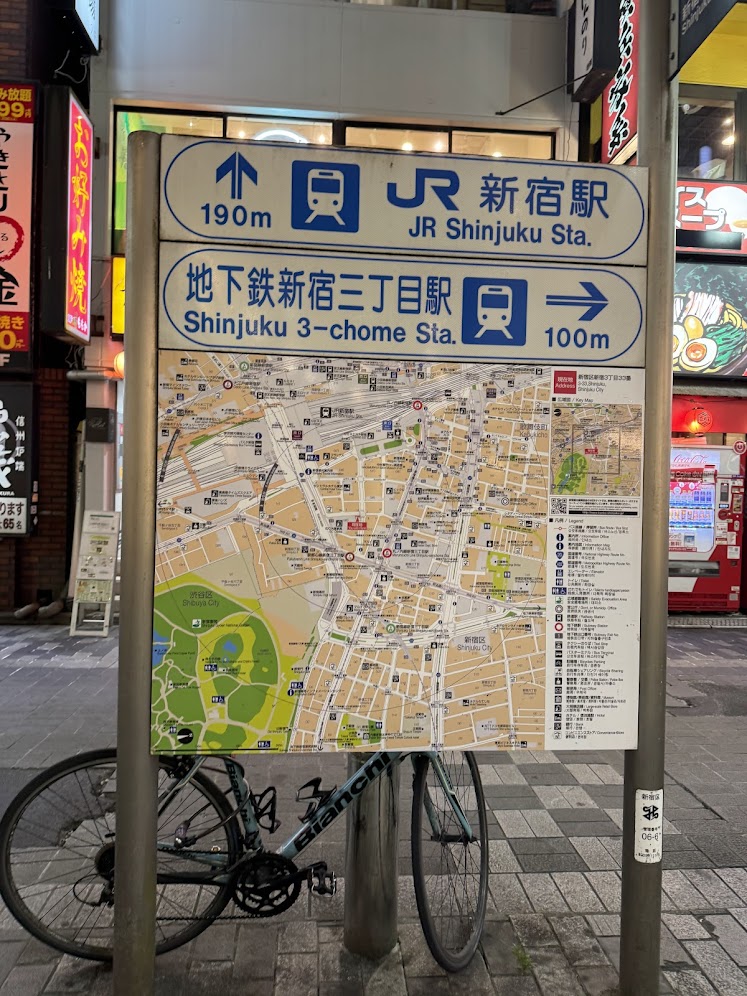
“कोबान” (छोटे पुलिस पोस्ट) बहुत मददगार होते हैं; रास्ता बताना उनका प्रमुख काम है। अगर सामान खो जाए, तो कोबान पर रिपोर्ट लिखवा दें—सूचना पुलिस नेटवर्क में दर्ज हो जाती है, और वस्तु मिलते ही आपसे संपर्क किया जाएगा। मेरे साथ भी ऐसा हुआ—कोबान की मदद से खोया कार्ड‑केस वापस मिला।
आपात स्थिति और ज़रूरी फ़ोन नंबरों के लिए हमारा अलग SOS गाइड “★” देखिए।
English
Small police posts called “kōban” are very helpful. Giving directions is one of their main duties. If you lose something, file a report at a kōban; it enters the police network, and you’ll be contacted if the item is turned in. I once got a lost card case back thanks to a kōban.
For emergencies and useful numbers, see our separate SOS guide “XXX.”
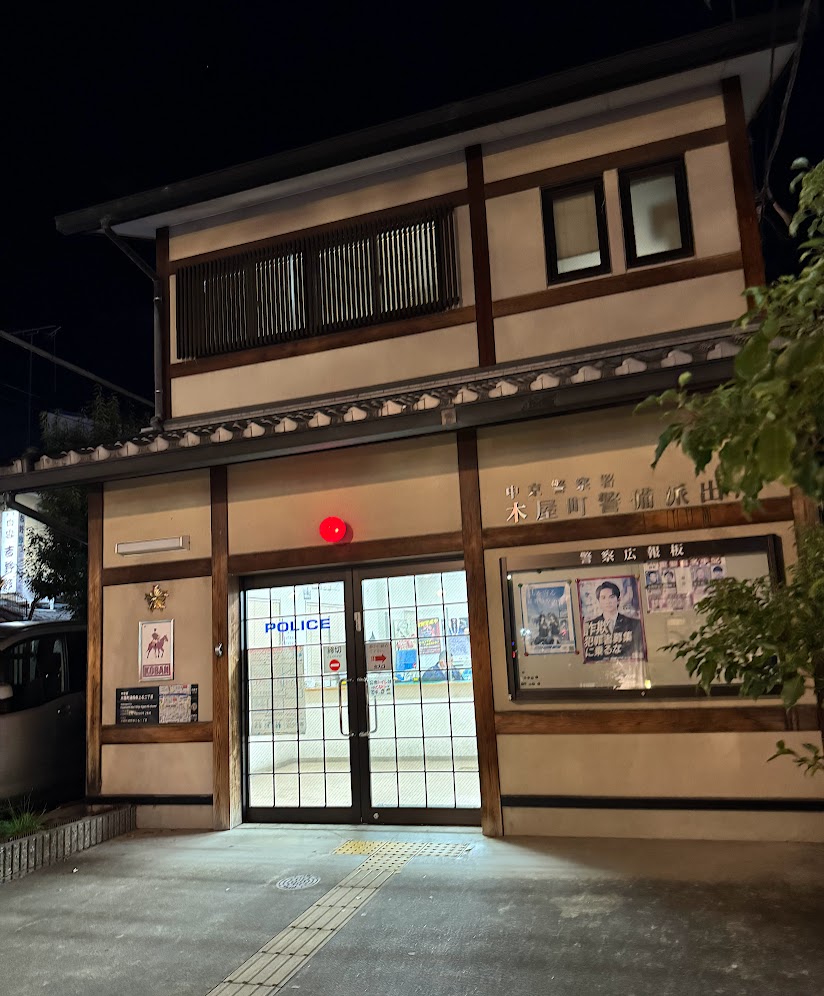
थक जाएँ तो / When You’re Tired
टोक्यो में मुफ़्त बैठने की जगहें कम मिलती हैं, इसलिए थकान हो तो किसी कैफ़े में जा कर आराम करना सबसे आसान है।
(1) फ़ुल‑सर्विस कैफ़े
- दरवाज़े पर स्टाफ़ कितने लोग हैं पूछेगा। मुस्कुरा कर “one / two” कहिए, वे सीट दिला देंगे।
- मेनू देखकर ऑर्डर दें। आम विकल्प हैं हॉट/आइस्ड कॉफ़ी‑चाय, केक, हल्का नाश्ता। मेनू में अक्सर फ़ोटो होते हैं—इशारा करना भी ठीक है। पानी और गीला तौलिया (ओशिबोरी) मुफ़्त मिलते हैं।
- बिल निकलते समय काउंटर पर चुकाएँ। नक़द या कार्ड चलेगा; भारतीय UPI नहीं चलता। Wise कार्ड में रुपये रखें; भुगतान के समय कार्ड स्थानीय मुद्रा में अपने‑आप बदल देता है, इसलिए प्रक्रिया सुविधाजनक रहती है।
- कप‑प्लेट मेज़ पर छोड़ दें; कुर्सी भीतर सरकाना शिष्टाचार है।
English
Free benches are rare in Tokyo, so when your legs need a break, slip into a café.
(1) Full‑service cafés
- At the entrance, a staff member asks your party size. Smile and say “one / two” and you’ll be seated.
- Browse the menu and order when the server comes. Hot/iced coffee or tea, cakes, light meals are common. Menus usually have photos—pointing works. Water and a wet hand towel are complimentary.
- Pay at the register when you leave. Cash or credit card is fine; Indian UPI doesn’t work. If you use a Wise card, you can keep money in rupees and let the card convert at checkout—very convenient.
- Leave cups/plates on the table; tucking your chair in is polite.
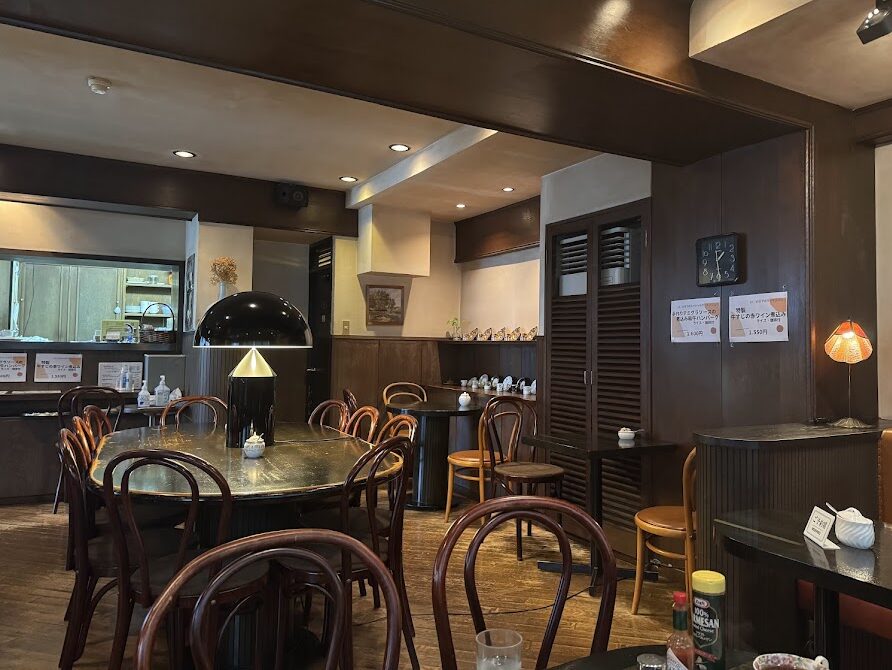
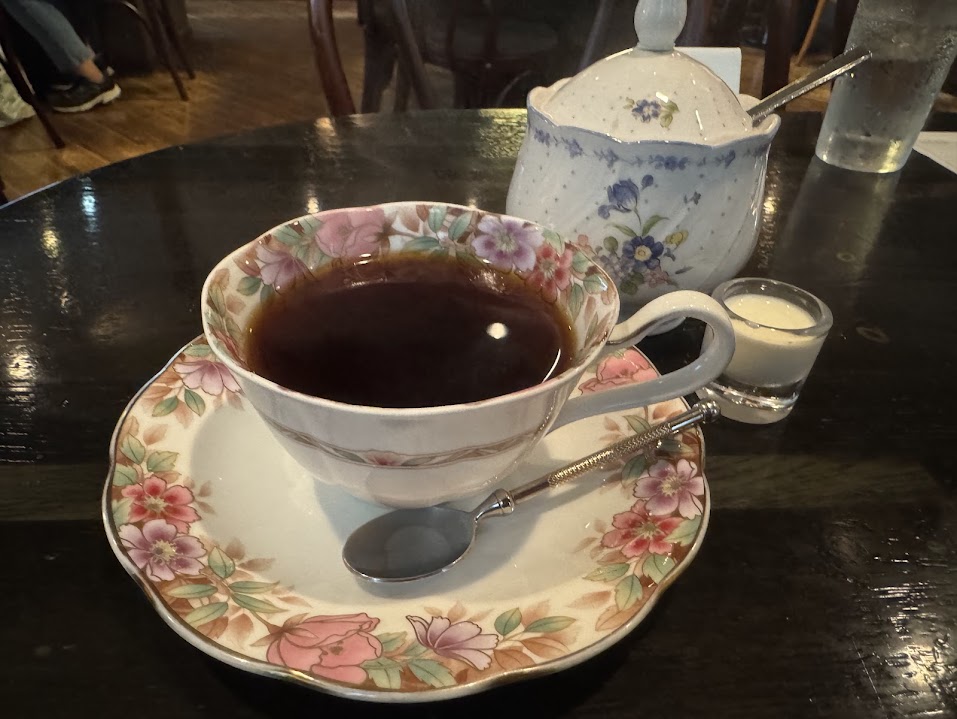
(2) सेल्फ‑सर्विस कैफ़े (Starbucks, McDonald’s आदि)
- पहले सीट सुरक्षित कर लें (बैग रख दें या कोई बैठ जाए), फिर काउंटर पर ऑर्डर दें।
- मेनू काउंटर/ओवरहेड बोर्ड पर होता है; अक्सर हॉट या आइस्ड, और साइज पूछा जाता है।
- भुगतान के बाद पिक‑अप काउंटर पर इंतज़ार करें—नंबर पुकारा जाएगा या पेजर बजेगा।
- खाने के बाद ट्रे वापस Return काउंटर पर रखें।
- सुझाव: जापान सुरक्षित है, फिर भी ऑर्डर देते समय कीमती सामान अपने पास रखें।
शिंजुकु ग्योएन के अंदर Starbucks भी है—बगीचे के नज़ारे के साथ आराम करने के लिए बढ़िया।
English
(2) Self‑service cafés (Starbucks, McDonald’s, etc.)
- Save a seat first (place a bag or have someone sit), then order at the counter.
- Menus are on the counter or overhead boards. You may be asked hot or iced, and size.
- Pay, then wait by the pick‑up counter. Your number is called or a pager buzzes.
- After eating, return your tray to the Return counter.
- Tip: even though Japan is safe, keep valuables with you when you go to order.
There’s a Starbucks inside Shinjuku Gyoen—nice for a rest with a garden view.

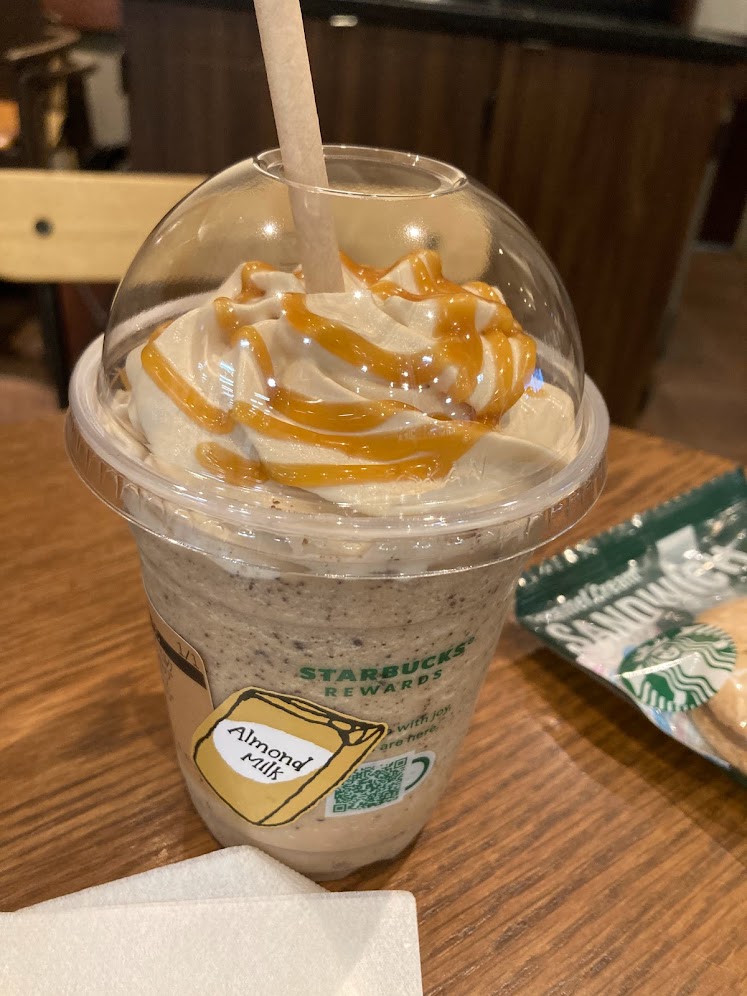
कैफ़े टिप्स:
- शिंजुकु स्टेशन के पास भीड़ रहती है—पक्का बैठना हो तो स्टेशन से थोड़ा दूर का कैफ़े चुनें।
- अगर आपके पास Wise कार्ड है, तो आप रुपये की बैलेंस से विदेश में भुगतान कर सकते हैं—कार्ड अपने‑आप रूपांतरण कर देता है, इसलिए भुगतान आसान रहता है। यहीं साइन‑अप करें, पहली ट्रांसफ़र पर कोई फ़ीस नहीं।
English
Cafe Tips:
- Around Shinjuku Station it can be crowded—if you want a sure seat, try a café a little farther from the station.
- If you carry a Wise card, you can pay abroad from your rupee balance—the card converts automatically—so payments are easy. Sign up here and pay no fee on your first transfer.
Summary
यही पड़ोस में घूमने‑फिरने की बुनियादी बातें हैं। टोक्यो दुनिया के सबसे सुरक्षित और सुविधाजनक शहरों में से एक है। सड़कें सँवरी हुई हैं, जगहें साफ़‑सुथरी हैं, और लोग कम बोलने वाले लग सकते हैं, लेकिन पूछने पर नम्र और मददगार होते हैं। भारत से कई बातों में फर्क दिखेगा—उन्हें भी यात्रा के मज़े की तरह अपनाइए और आराम‑आराम से शहर देखें। कुछ समझ न आए तो कभी भी हमसे पूछ लें।
English
That’s the basics for getting around the neighborhood. Tokyo is one of the world’s safest, most convenient cities. Streets are well kept, facilities are clean, and people may seem reserved, but if you ask, they’re kind and helpful. Many things differ from India—please enjoy those differences as part of the trip, and explore at an easy pace. If anything is unclear, just ask us anytime.
One thought on “4. पड़ोस में चलना‑फिरना / Getting Around the Neighborhood”